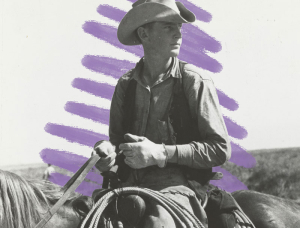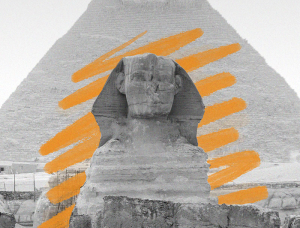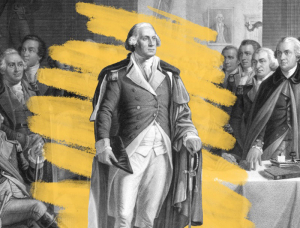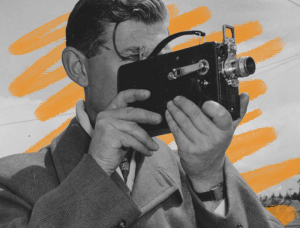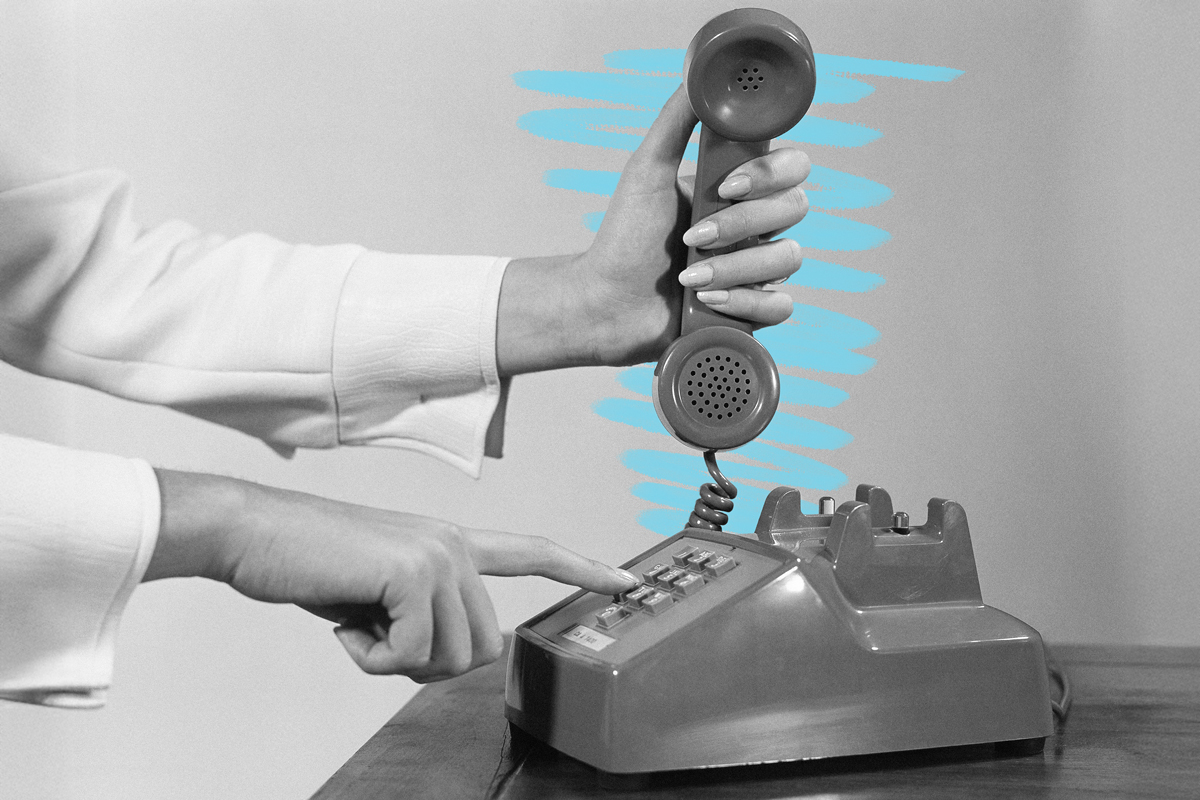Phone numbers used to start with letters.
Long before everyone’s phone fit in their pocket, phone numbers began with letters — specifically, the first two letters of the telephone exchange name. These exchange names, sometimes drawn from local neighborhoods or landmarks, served as mnemonics to help people — operators and callers alike — remember and route phone numbers.
For example, the Ricardos’ phone number on I Love Lucy was MU 5-9975. “MU” was for Murray Hill, which evoked a familiar locality and was used for the whole east side of Manhattan’s telephone exchange. When an exchange name was written out, the first two letters were usually capitalized, as in, “MUrray Hill 5-9975.” The corresponding digits for “M” and “U” on the telephone dial were 6 and 8, so the operator could reach the Ricardos at 68 5-9975.
The first phones were connected to one another with wires, but as the number of phones grew, that became less practical, so phones were connected to telephone exchanges — those central switchboards you may remember from movies. When you dialed a number, you were actually dialing the exchange first, and they would connect your phone line to the person you were trying to call. Each exchange handled calls in a particular region or neighborhood. Referring to your phone number by the exchange name simplified things — “CEntral 6-0123,” “MArket 7032,” or “ENglewood 3-1234” were common formats. (Some phone numbers only had six digits, or even five in small locales.)
However, as cities and telecommunications systems expanded, this scheme began to strain. Exchange names and letter prefixes limited the number of combinations available. With the advent of automatic dialing (which required every line to have a unique, machine-readable number), long-distance direct dialing, and the need for more capacity, the industry eventually shifted to phone numbers with digits only in the mid-20th century.
